Subtribe Cymbidiinae Rank Genus | Family Orchidaceae Tribe Cymbidieae Alliance Dipodium | |
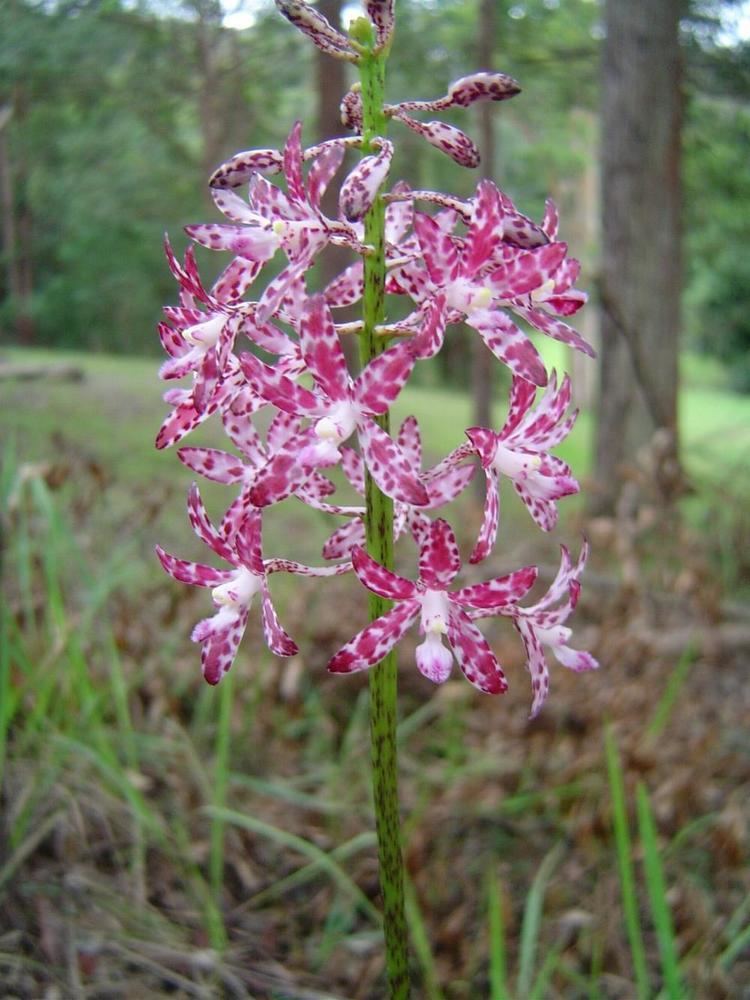 | ||
Similar Dipodium roseum, Dipodium punctatum, Acianthus, Cryptostylis, Claderia | ||
Dipodium roseum orchids in freycinet national park tasmania
Dipodium is a genus of about 25 species of orchids native to tropical, subtropical and temperate regions of south-east Asia, New Guinea, the Pacific Islands and Australia. It is the only genus of its alliance, Dipodium. Plants of this genus are commonly referred to as hyacinth orchids.
Contents
- Dipodium roseum orchids in freycinet national park tasmania
- Dipodium punctatum a native orchid of australia
- Description
- Taxonomy
- Species
- Undescribed species
- Ecology
- Uses
- References
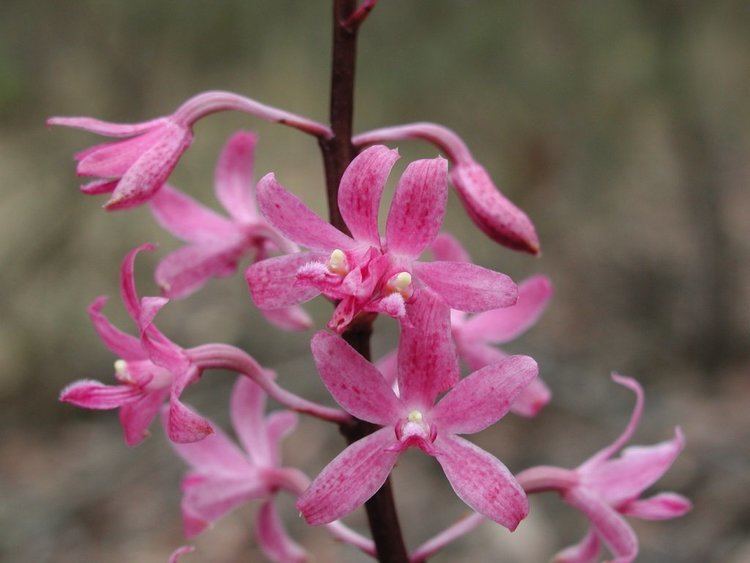
Dipodium punctatum a native orchid of australia
Description
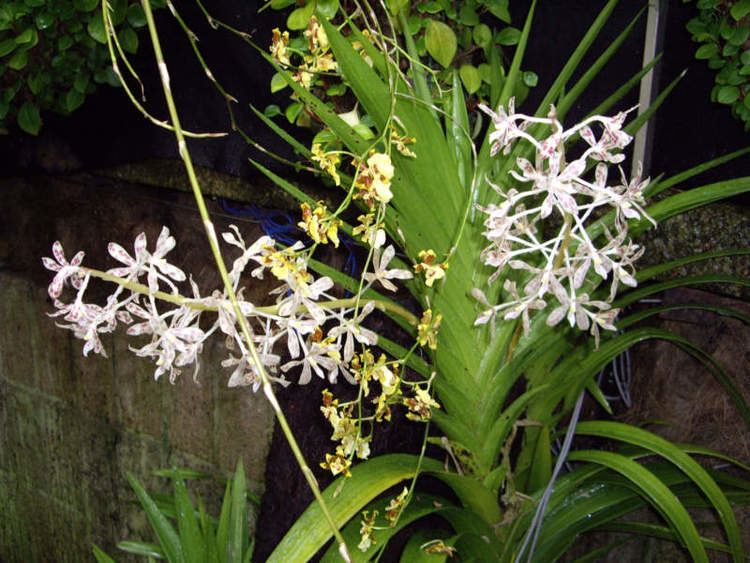
The species are perennial terrestrial herbs or herbaceous climbers/epiphytes. Many species, particularly in eastern Australia are leafless mycoheterotrophs. Others have medium-sized to very large leaves that are parallel-veined and with entire margins.
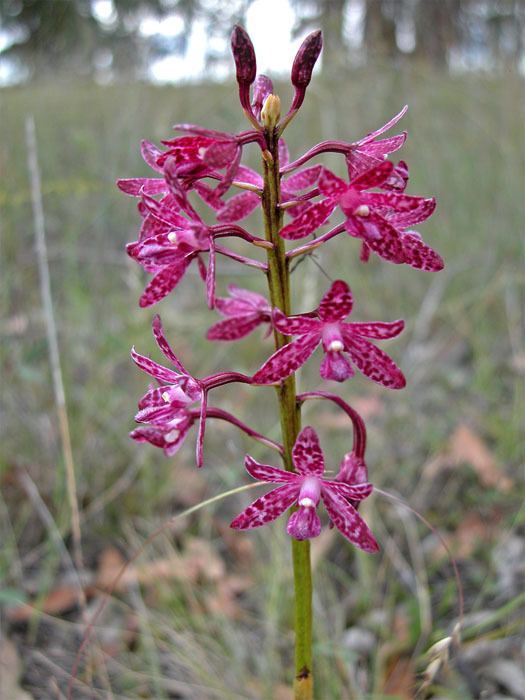
Flowers are arranged in a raceme with very few or up to 50 flowers. These may be fragrant or odourless, are white, pink, purple, yellow or green, often with spots or blotches. The labellum is three-lobed. Each of the flowers have two pollinia that are supported on two stipes. Dehiscent capsules, produced after flowering, hold the seed which is released when they split longitudinally along six seams. Between 30 and 500 seeds are produced per capsule.
Taxonomy
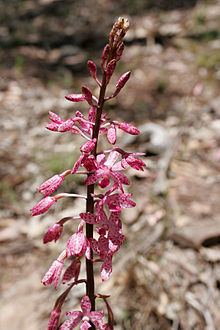
The genus was formally described in 1810 by Scottish botanist Robert Brown in Prodromus Florae Novae Hollandiae et Insulae Van Diemen. The name Dipodium is derived the Greek words di (two) and podia (little feet), a reference to the two stipes supporting the pollinia.
Species
Species include:
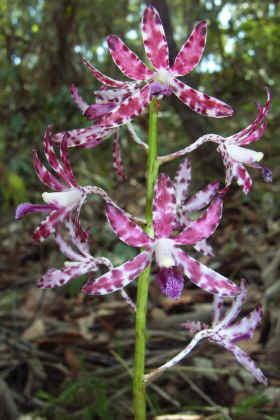
Undescribed species
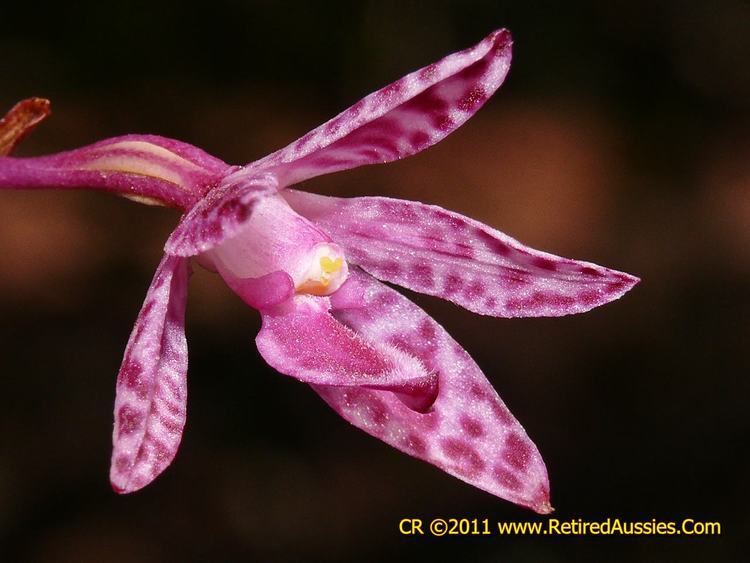
Ecology
It is thought that the flowers attract native bees and wasps through floral mimicry.
Uses
An infusion of the leaves of Dipodium pandanum is traditionally drunk in Bouganville to help relieve respiratory infections.
